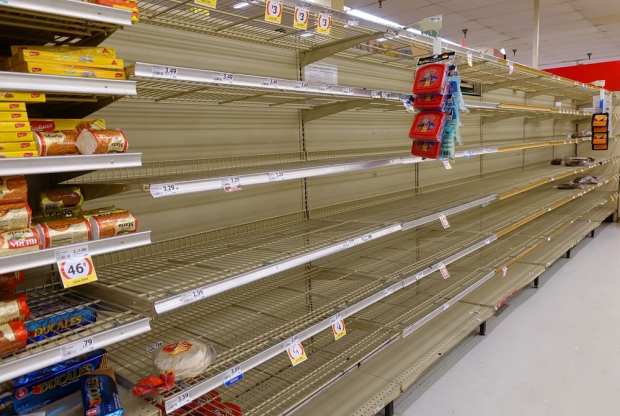Looking Toward Post-COVID Retail

“All things must pass,” as George Harrison said. For retailers looking at stockouts, empty stores and the worst still to come, talk of recovery might seem premature. But a crisis shouldn’t go to waste. Evidence of how to weather the crisis – and what it might look like when it’s over – is starting to emerge.
Retailers should first understand that the most stress is likely being placed on front-line employees and, if applicable, customer service reps. “Disasters, whether they’re mysterious illnesses, extreme weather or the result of man’s cruelty, tend to illuminate the cracks in societies,” says The Atlantic. “Amid the panic shopping and refund-seeking, the coronavirus has already started to illuminate a particular weakness of the U.S. in this crisis: Surviving a disaster in America is something people are expected to work out on a personal basis, with the employees in their local big-box store or the representative on the other end of the phone, whose time and energy is largely taken for granted until everyone needs it at once.”
And stress in a situation like this can be contagious. According to Wharton management professor Sigal Barsade, all of that panic buying and panic selling is a form of emotional contagion. He defines it simply as “the transfer of moods and feelings from one person to another.” Emotional contagion can be dangerous when it clouds the logical decisions necessary for business.
“I would argue that emotional contagion, unless we get a hold of it, is going to greatly amplify the damage caused by COVID-19,” Barsade said during a segment on Wharton Business Daily on Sirius XM. “Even though the vast majority of people won’t contract the virus, a much higher percentage will experience emotional contagion,” she said. “That can lead to a surge in worry, anxiety and fear – unpleasant emotions for individuals that can compound in the broader context.”
The second tactic emerging at this point is shifting strategies and resources. According to Harvard Business Review, in China, some of the fastest-recovering companies anticipated shifts in the market. For example, in the early stages of the outbreak, Master Kong, a leading instant noodle and beverage producer – in anticipation of hoarding and stockouts – tilted its focus away from offline, large retail channels to eCommerce and smaller stores. By tracking retail re-openings, it adapted its supply chain and recovered by more than 50 percent just a few weeks after the outbreak.
Six weeks after the outbreak, China is recovering. Supply chain delays are abating. Coal consumption – an indicator of manufacturing activity – appears to be recovering from 43 percent to currently 75 percent of 2019 levels. Consumer confidence appears to be recovering as well, especially for big-ticket items. Real estate transactions, which were down to 1 percent of 2019 levels, have come back up to 47 percent.
“Unsurprisingly, sectors and product groups recover at different speeds, thus requiring distinct approaches,” says Harvard Business Review. “Stock prices fell across all sectors in the first two weeks that China’s epidemic accelerated, but leading sectors, such as software and services, and healthcare equipment and services, recovered within a few days and have since increased by an average of 12 percent. The bulk of sectors recovered more slowly, but reached prior levels within a few weeks. And the hardest-hit sectors – such as transportation, retail and energy, representing 28 percent of market capitalization for China’s largest stocks – are still down by at least 5 percent and showing only minimal signs of recovery.”
